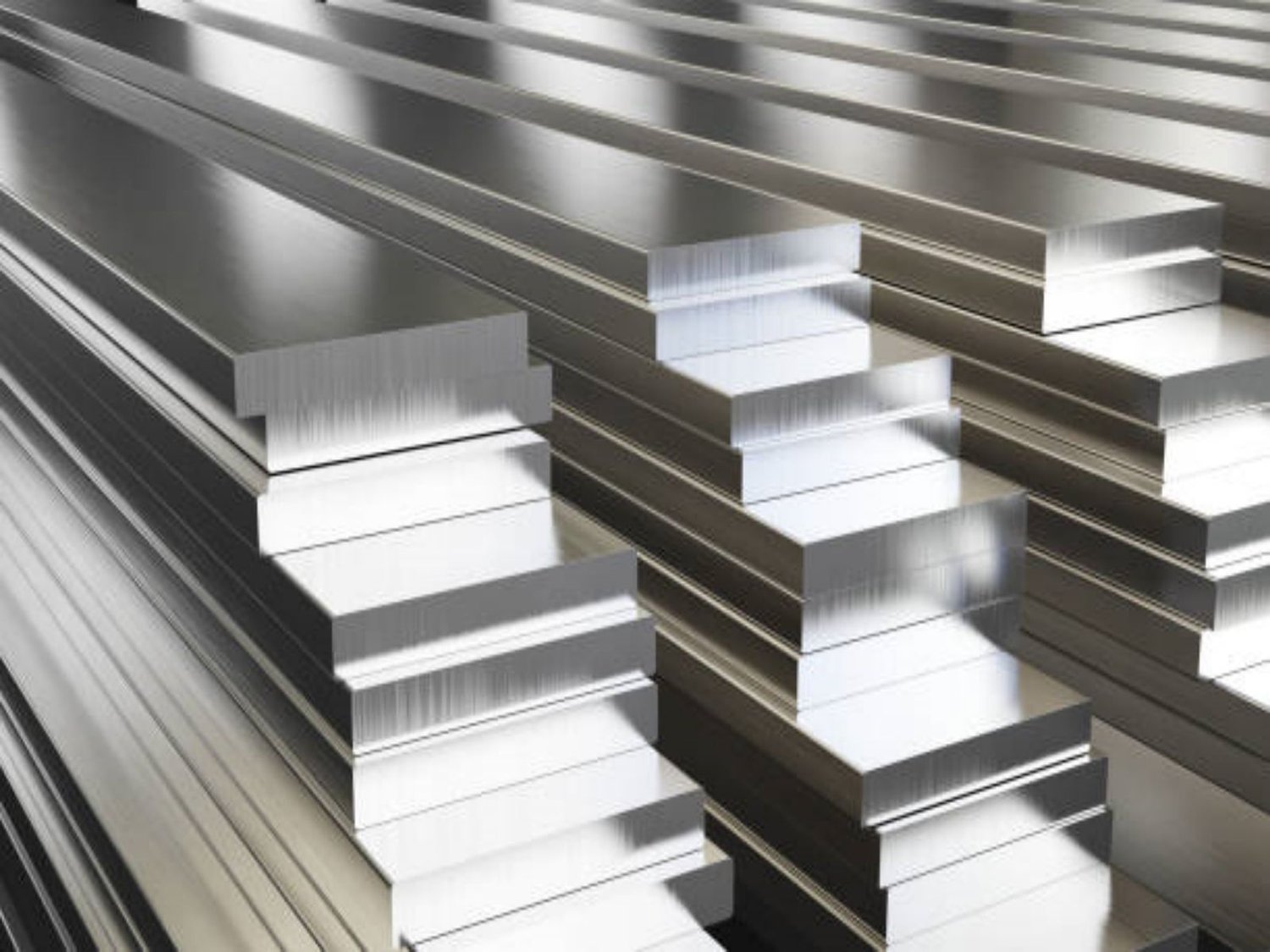Table of Contents

Comparing the Cost-effectiveness of Titanium Plates with Stainless Steel
Introduction
When it comes to choosing materials for various applications, the cost-effectiveness is a crucial factor to consider. In the field of engineering and medicine, the comparison between titanium plates and stainless steel is often debated. Both materials have their advantages and disadvantages, but understanding their cost-effectiveness can help decision-makers make informed choices. This article aims to provide a comprehensive analysis of the cost-effectiveness of titanium plates compared to stainless steel in different scenarios.
1. Manufacturing Costs
Titanium plates are generally more expensive to manufacture compared to stainless steel plates. The cost of extracting and refining titanium from its ores adds to the overall production expenses. On the other hand, stainless steel is widely available and has a lower production cost. However, it is essential to consider the specific requirements of the application and determine if the higher initial cost of titanium plates is justified by their long-term benefits.
2. Durability and Lifespan
While stainless steel plates are known for their durability, titanium plates offer even greater longevity. Titanium has excellent corrosion resistance, making it suitable for applications exposed to harsh environments or corrosive substances. Stainless steel, although durable, can deteriorate over time if not properly maintained. The extended lifespan of titanium plates can reduce the need for frequent replacements and repairs, potentially offsetting their higher initial cost.
3. Strength and Weight
When comparing the strength-to-weight ratio, titanium plates outperform stainless steel. Titanium is renowned for its excellent strength while being significantly lighter than stainless steel. This characteristic makes titanium plates an ideal choice for applications where weight reduction is critical, such as aerospace engineering. The use of titanium plates can contribute to fuel efficiency and overall cost savings in such industries.
4. Biocompatibility and Medical Applications
In the medical field, titanium plates are often preferred due to their biocompatibility. This means that they are less likely to cause adverse reactions in the human body, making them suitable for use in implants and prosthetics. Stainless steel, although widely used, may trigger allergic reactions or complications in certain individuals. The long-term cost-effectiveness of titanium plates in medical applications can be attributed to their biocompatibility and reduced need for revision surgeries.
5. Maintenance and Repair Costs
Maintenance and repair costs can significantly impact the overall cost-effectiveness of using titanium plates or stainless steel plates. Titanium's corrosion resistance reduces the need for regular maintenance, resulting in lower long-term costs. Stainless steel, on the other hand, may require more frequent cleaning and maintenance to prevent corrosion. Additionally, if stainless steel plates become damaged or worn out, the cost of repair or replacement can be higher compared to titanium plates.
6. Application-Specific Considerations
The cost-effectiveness of titanium plates versus stainless steel can vary depending on the specific application. In environments where weight reduction, corrosion resistance, or biocompatibility are critical factors, titanium plates may provide long-term cost savings. However, for applications that do not require these specific properties, stainless steel plates may offer a more cost-effective solution due to their lower initial cost.
7. Environmental Impact
Another aspect to consider when comparing the cost-effectiveness of titanium plates with stainless steel is their environmental impact. Titanium is a highly recyclable material, and its reuse can help reduce production costs and environmental footprint. Stainless steel is also recyclable, but the process is less energy-efficient compared to titanium. By choosing materials with lower environmental impact, organizations can align their cost-effectiveness goals with sustainability objectives.
8. Market Availability and Competition
The cost-effectiveness of titanium plates and stainless steel can also be influenced by market availability and competition. Stainless steel is widely produced and readily available, leading to lower costs due to higher competition. Titanium, however, has a more limited supply chain, resulting in higher prices. As market dynamics change over time, it is essential to evaluate the current availability and pricing trends to make informed decisions regarding cost-effectiveness.
9. Specialized Industry Considerations
Some industries have unique considerations when it comes to the cost-effectiveness of materials. For example, in the automotive industry, titanium plates may be more cost-effective due to their weight-saving properties and potential fuel efficiency gains. In contrast, stainless steel plates might be preferred in construction applications where cost and durability are primary concerns. Understanding industry-specific requirements is crucial for accurately assessing the cost-effectiveness of titanium plates versus stainless steel.
10. Total Cost of Ownership (TCO) Analysis
To determine the true cost-effectiveness of titanium plates compared to stainless steel, a Total Cost of Ownership (TCO) analysis is recommended. This analysis takes into account not only the initial purchase price but also factors in maintenance, repair, lifespan, and other relevant costs over the entire lifecycle of the product. By considering the TCO, decision-makers can make more informed choices that align with their long-term cost-effectiveness goals.
